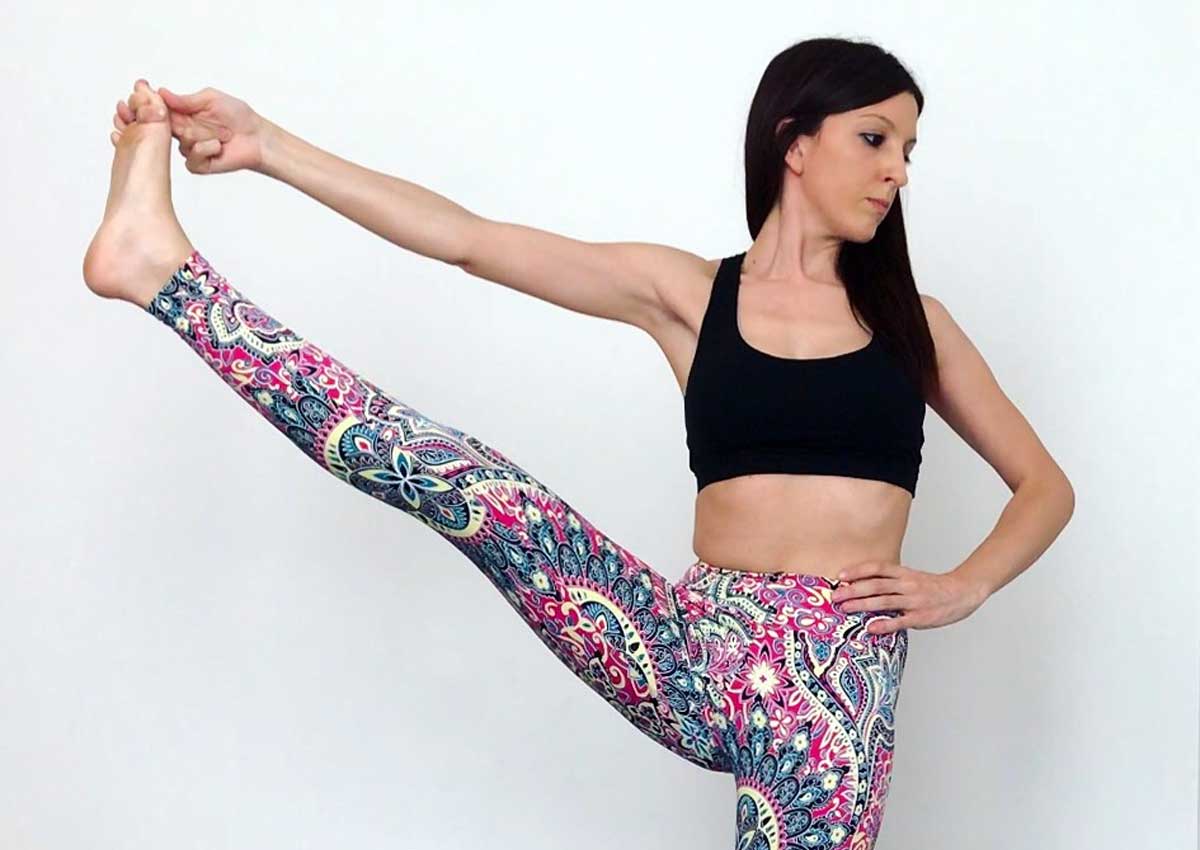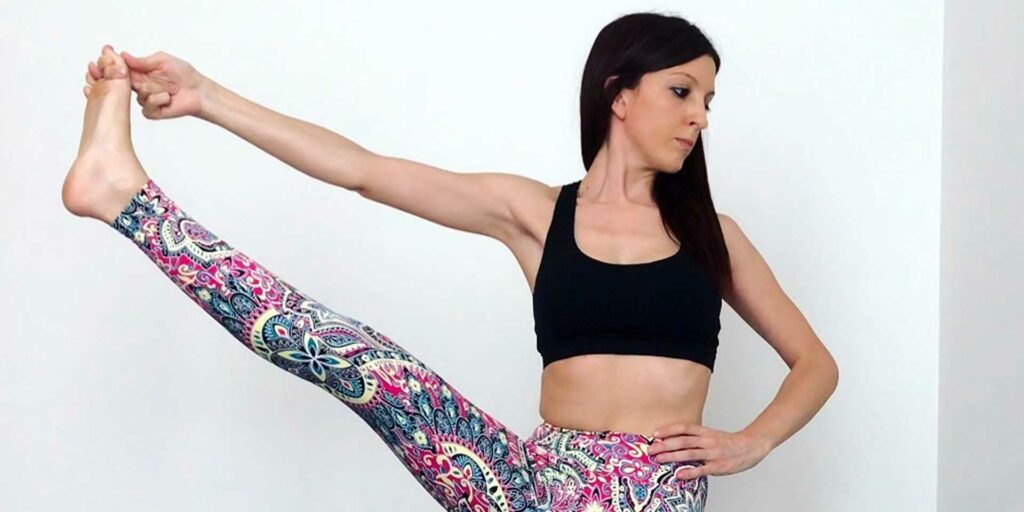

Let’s say it bluntly, Ashtanga Yoga is quite challenging and certainly puts beginners who approach this method to the test.
Embarking on the journey of practicing Ashtanga Yoga can be immensely rewarding, but it also comes with its own set of challenges.
Probably a person who has been practicing the Primary Series regularly for some time will have forgotten how hard it was to get there. For yoga newbies this can seem absolutely intimidating and frustrating, fortunately there are modifications that make certain positions more accessible, but despite this it remains a rather challenging practice.
It takes about 90 minutes to practice the full Primary Series, furthermore, the traditional method also requires you to practice six days a week. Then there are lifestyle and dietary changes that are recommended for more devout Ashtangis, including following a plant-based diet and practicing early in the morning. Ashtanga Yoga seems not to be for everyone, or maybe it is.
Here is a small guide, some instructions for use, that will help you not to lose motivation along the road that leads to a solid Ashtanga practice.
1. Expect to fail
This is rule number one. In Ashtanga, as in yoga in general, you don’t expect to succeed on the first try. It is part of the process of this practice, in fact Ashtanga Yoga instead of making the practice easy asks you to strengthen your mind by accepting failure and continuing to love yourself. This is one of the most important life skills.
2. Start gradually
It is not necessary to start practicing the full Primary Series straight away. Start in small steps, perhaps practicing only the sun salutations, and then when you feel ready, increase your practice by adding standing positions, then sitting ones, gradually increasing the difficulty, until one day you practice the full Primary Series.
3. Don’t focus on the position, but on the breathing
The central point of the practice is not the position but the breathing. Deep breathing accompanied by sound, which is used during the practice of Ashtanga Yoga, is the fundamental connection between the conscious and the subconscious. Poses are just an opportunity to breathe, so don’t get hung up on achieving perfect form no matter what pose you are or aren’t doing.
4. Listen to your body
The true purpose of yoga is to listen and bring awareness to every cell of your body. Positions are never the final goal in themselves, but are a means to achieve this goal. This transcendental awareness of the body can occur in any position, so there is no need to practice advanced positions at all costs.
5. Don’t compare
Feelings of insecurity or comparison with others can hinder the progress of your practice and prevent you from fully enjoying your journey.
Practicing as many poses as possible will not make you a better yogi. It’s not about accumulating positions, but it’s exclusively about internal work.
Almost all yogis struggle with poses, that struggle is very important because it becomes our teacher, the moment you encounter a challenge, that’s where your yoga begins.
You don’t need to seek out more extreme poses to get the deepest benefits of yoga. It is not success that connects us, but it is our struggle, the effort and commitment we put into it. The more you find yourself trapped in a difficult position, the more your heart will open.
Cultivate a positive mindset and focus on your journey rather than comparing yourself to others. Celebrate your accomplishments, no matter how small, and remind yourself of the reasons why you started practicing Ashtanga Yoga. Surround yourself with a supportive community and seek encouragement from other practitioners.
6. Seek continuous learning
Complete your daily yoga practice with reading a few books. Collect key Ashtanga Yoga texts and learn more about how the practice works. Once you understand the deeper elements and intentions of the practice, it will be easier to understand how it works.
7. Surrender to the process
While you may feel like you want to practice more poses than just Sun Salutations and do something interesting and more fun, if you learn to accept where you are and surrender to the journey, you will gain a benefit that is worth more than any pose: peace. Inner peace happens as a change in your heart when you realize that you have nothing to prove and you are happy to be exactly where you are.
8. Don’t force
You may be tempted, during practice, to grab yourself and force yourself into the form of a certain position: don’t do this because your body will suffer. Cultivate a peaceful attitude towards your body and never force or push yourself. Practice being with your body in a space of loving kindness. When you feel the need to force or push, let go of that thought.
9. Maintain consistency and discipline
Establishing a regular practice routine can be difficult due to busy schedules and so many things to do.
Set a specific time for your practice every day and treat it as an appointment that cannot be postponed. Start with shorter practices and gradually increase the duration as you progress through your practice. Remember that even a short daily practice is useful.
If you feel overwhelmed by the difficulty of the practice, read something that can inspire you or watch a video to motivate you. Get on the mat even for just five or ten minutes a day, six days a week. Congratulate yourself on every small step forward you make and decide not to give up, especially when you feel discouraged.
Remember that integrating Ashtanga Yoga into your daily life is a journey. Be patient with yourself and embrace the process with kindness and compassion. Celebrate your progress, no matter how small, and remain open to learning and evolving.
By following these simple tips you will be able to build and maintain your practice over time and you will be able to experience the transformative power of Ashtanga Yoga, achieving a harmonious balance between body, mind and spirit.
Let me know if you found these tips useful and if I left out any that particularly helped you at the beginning of your practice!